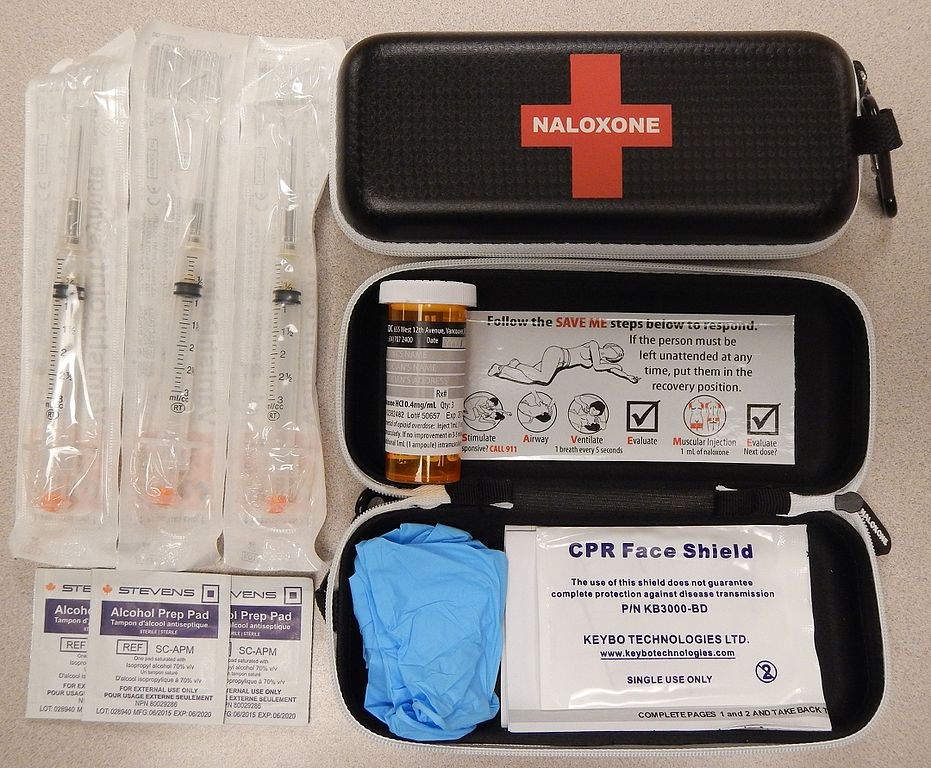NEWS RELEASE
CANADIAN MENTAL HEALTH ASSOCIATION - WATERLOO, WELLINGTON
*************************
Just as portable defibrillators have become common in public places, so too should naloxone, the potentially life-saving drug that can reverse the effects of an opioid overdose.
But opioids, overdoses and naloxone are frightening and serious subjects for many people. That’s why the Canadian Mental Health Association (CMHA), with input from Wellington Guelph Drug Strategy, has created a new resource to help educate the public about opioid-related emergencies and naloxone.
Reducing Harms: Recognizing and Responding to Opioid Overdoses in Your Organization, is particularly useful for community groups that work with at-risk populations or that wish to implement a naloxone policy.
The toolkit is also helpful for the average person who wants to learn more about how to use naloxone during an opioid-related emergency at home, at work or at play.
The resource is even more effective when it accompanies hands-on training provided from pharmacies or public health units that distribute naloxone.
The opioid problem is significant across the country, province and locally. In 2016, 50 people died due to an opioid overdose in Guelph, Waterloo Region and Wellington County.
Reducing Harms: Recognizing and Responding to Opioid Overdoses in Your Organization will provide:
-
An overview of the current situation in Ontario related to opioids, naloxone and opioid-related emergencies, including definitions and facts.
-
Explanations of symptoms and who may be at-risk of an opioid overdose.
-
Information about where to get naloxone and instructions about how to use it.
-
Information about caring for an individual after they receive naloxone.
-
Information about supporting employees in the aftermath of an opioid emergency.
-
Considerations about implementing a naloxone-delivery policy, including myth-busting information about naloxone administration.
Fast facts:
- In Ontario, 865 people died due to opioid-related causes in 2016.
- In Ontario, someone dies of an opioid overdose every 10 hours.
- To find out where you can get a naloxone kit, visit here
*************************
